How to Become a Pilot in the United Kingdom
Becoming a pilot takes extreme dedication, as you are required to pass multiple wellness tests, go through hundreds of hours of training, and pay a lot of money to get your Airline Transport Pilot License. There are two main methods of...
Method 1 of 4:
Choosing Modular Flight Training
-
 Try modular training to fit school around your schedule. Modular training takes longer than integral training because the student starts by qualifying to be a private pilot before training to become a commercial pilot. Trainees complete 100 hours of private pilot studying before moving on to the 700-plus hours of work needed to get ready for commercial pilot training. Modular training takes at least 18 months to complete.[1]
Try modular training to fit school around your schedule. Modular training takes longer than integral training because the student starts by qualifying to be a private pilot before training to become a commercial pilot. Trainees complete 100 hours of private pilot studying before moving on to the 700-plus hours of work needed to get ready for commercial pilot training. Modular training takes at least 18 months to complete.[1]- The total flying time for the modular training method is 220 hours.
- Airlines see the benefits of hiring modular method graduates. Pilots who choose this method tend to come from more varied backgrounds than people who pick the integrated method. This is looked at as an advantage when it comes to working as a member of a cockpit.
-
 Take classes at your own pace and pay as you go. This is a great way to ensure that you don't pay for something without getting value for it. Modular training allows you to complete one aspect of training and then come back to the next part of training on your own time.[2]
Take classes at your own pace and pay as you go. This is a great way to ensure that you don't pay for something without getting value for it. Modular training allows you to complete one aspect of training and then come back to the next part of training on your own time.[2]- Sometimes, people need to work to save money to pay for the next part of training. This is completely doable for modular training, but it may take a few years to get your pilot license at that rate.
-
 Use weekends and evenings to train while working. Extremely dedicated students will try this method, even if it is incredibly time-consuming. Fortunately, flight schools understand how tough this commitment is and work with students to schedule their training in a way that makes the most of their time.[3]
Use weekends and evenings to train while working. Extremely dedicated students will try this method, even if it is incredibly time-consuming. Fortunately, flight schools understand how tough this commitment is and work with students to schedule their training in a way that makes the most of their time.[3]- When you reach the end of one part of training, schools will encourage you to take a full week to focus only on the material at hand. This helps students be as prepared as they can for upcoming tests and exams.
Method 2 of 4:
Selecting Integrated Flight Training
-
 Pick integrated flight training to get your pilot's license quickly. If you have the time to focus solely on getting your Airline Transport Pilot License, go with this method. It generally takes trainees between 14 and 18 months to finish this program, depending on things like weather and student progress.[4]
Pick integrated flight training to get your pilot's license quickly. If you have the time to focus solely on getting your Airline Transport Pilot License, go with this method. It generally takes trainees between 14 and 18 months to finish this program, depending on things like weather and student progress.[4]- Integrated flight training includes more than 700 hours of classes across 14 subjects. You complete several progress tests and fly for 200 total hours to obtain your commercial license.
-
 Monitor your progress to ensure you're learning as much as you can. As a full-time student, your progress is monitored at each stage of training. You will have chances to retake ground exams and flight tests if you fail them the first time and you can do so without having to wait very long.[5]
Monitor your progress to ensure you're learning as much as you can. As a full-time student, your progress is monitored at each stage of training. You will have chances to retake ground exams and flight tests if you fail them the first time and you can do so without having to wait very long.[5]- Keep in mind that airlines look more favorably on students who pass tests the first time and do so with high marks.
-
 Surround yourself with like-minded students to learn efficiently. One of the nice parts of integrated flight training is that you get to work with other aspiring pilots. Being in this kind of a setting allows you to learn information more efficiently, as you'll have numerous people to work with when it comes time to study.[6]
Surround yourself with like-minded students to learn efficiently. One of the nice parts of integrated flight training is that you get to work with other aspiring pilots. Being in this kind of a setting allows you to learn information more efficiently, as you'll have numerous people to work with when it comes time to study.[6]- Taking classes this way gives you a great opportunity to network with fellow students and see what kind of job openings are available when you've completed training.
Method 3 of 4:
Meeting the Qualifications to Become a Pilot
-
 Obtain a Class 1 Medical Certificate. Before you can even think about getting in the cockpit, you will have to pass a number of tests related to physical well-being, eyesight, medical history, and other important factors. The doctor who administers your examination needs to specialize in aviation medicine. Book an appointment and complete a medical certificate application form before going in for your test. The examination can take up to four hours.[7]
Obtain a Class 1 Medical Certificate. Before you can even think about getting in the cockpit, you will have to pass a number of tests related to physical well-being, eyesight, medical history, and other important factors. The doctor who administers your examination needs to specialize in aviation medicine. Book an appointment and complete a medical certificate application form before going in for your test. The examination can take up to four hours.[7]- There are set charges for all examinations and tests. Ask your medical examiner for specifics.
- The medical certificate application form includes facts about your medical history, results of previous medical examinations and whether you have ever been assessed as unfit or had a medical certificate suspended or revoked.
- A medical certificate can be issued the same day as the exam if you meet all the requirements.
- Most Class 1 medical certificates are valid for 12 months. If you are 60 or older, however, the certificate is valid for 6 months.
-
 Book and pass a selection test by showing good technical and people skills. Many flight schools require you to pass a series of tests that gauge your suitability to be a pilot and judge your ability to be a team player. The selection is made up of an English exam, a math and physics exam, a COMPASS aptitude test, and a personal interview. The tests take about one day to complete.[8]
Book and pass a selection test by showing good technical and people skills. Many flight schools require you to pass a series of tests that gauge your suitability to be a pilot and judge your ability to be a team player. The selection is made up of an English exam, a math and physics exam, a COMPASS aptitude test, and a personal interview. The tests take about one day to complete.[8]- An English exam is not required for native speakers.
- Each training school has its own test, but they are broadly similar.
- A COMPASS aptitude test is a pilot-specific exam that looks at a person's ability to multi-task, capacity for memory, and hand-eye coordination, among other things.
-
 Score well on the ATPL ground exams. This part of training requires the student to pass 14 different tests. These exams cover subjects like navigation, flight planning, and aviation law.[9]
Score well on the ATPL ground exams. This part of training requires the student to pass 14 different tests. These exams cover subjects like navigation, flight planning, and aviation law.[9]- For many aspiring pilots, this is the most demanding aspect of training because of the sheer amount of information they need to cover.
-
 Complete flight training to qualify for a commercial pilot license. This is the fun part! Most of your flight training will take place in America or Southern Europe because these places offer cheaper flying and generally better weather than the UK. You will need to fly for at least 150 hours to earn your commercial pilot license.
Complete flight training to qualify for a commercial pilot license. This is the fun part! Most of your flight training will take place in America or Southern Europe because these places offer cheaper flying and generally better weather than the UK. You will need to fly for at least 150 hours to earn your commercial pilot license.- Part of your flying will come at night, as you need to qualify for this on its own.
- Earning a CPL allows you to get paid to fly, which is what makes it such an important stepping stone during this process.
-
 Secure an instrument rating to be a plane dashboard expert. An instrument rating is a gauge of how well a pilot navigates in bad weather using only their instruments in the cockpit. This is an incredibly difficult rating to attain because it includes a challenging written exam and hours of instruction, but it is designed to make you a sharper pilot. There are accelerated courses you can take which will allow you to get an instrument rating in less than two weeks. The test itself consists of at least one cross-country flight performed under instrument flight rules.[10]
Secure an instrument rating to be a plane dashboard expert. An instrument rating is a gauge of how well a pilot navigates in bad weather using only their instruments in the cockpit. This is an incredibly difficult rating to attain because it includes a challenging written exam and hours of instruction, but it is designed to make you a sharper pilot. There are accelerated courses you can take which will allow you to get an instrument rating in less than two weeks. The test itself consists of at least one cross-country flight performed under instrument flight rules.[10]- You are required to hold a private pilot certificate and have logged at least 50 hours of flying to apply for an instrument rating.
-
 Earn a multi-engine rating to master flying twin-engine planes. A multi-engine rating qualifies you to fly airplanes with two engines, an essential for people looking to make a career in this field. This rating is far easier to achieve than an instrument rating. You can spend one weekend taking an intensive training course and walk away with a multi-engine rating in your wallet.[11]
Earn a multi-engine rating to master flying twin-engine planes. A multi-engine rating qualifies you to fly airplanes with two engines, an essential for people looking to make a career in this field. This rating is far easier to achieve than an instrument rating. You can spend one weekend taking an intensive training course and walk away with a multi-engine rating in your wallet.[11]- There is no written test for a multi-engine rating.
- A quick course can get you a multi-engine rating, but in order to become a proficient multi-engine pilot you should take your time and go through a thorough training program.
-
 Show that you can work in a team setting. Part of training is learning how to cooperate with other members of the crew. This is required for most professional pilots, as the majority of their flights will be done with a co-pilot.[12]
Show that you can work in a team setting. Part of training is learning how to cooperate with other members of the crew. This is required for most professional pilots, as the majority of their flights will be done with a co-pilot.[12]
Method 4 of 4:
Finding a Job as a Pilot
-
 Network with your classmates to find a job in the field. Many aspiring pilots come to training with either flying experience or knowledge of the industry. Connect with as many of your classmates as possible to see who might know how to navigate the job hunt best.[13]
Network with your classmates to find a job in the field. Many aspiring pilots come to training with either flying experience or knowledge of the industry. Connect with as many of your classmates as possible to see who might know how to navigate the job hunt best.[13]- Remember, part of the requirement of being a pilot is being able to work in a team. Employers love to see people who are engaging with fellow students and willing to help classmates out.
-
 Keep in contact with your training school to ask about openings. Many flight schools work directly with specific airlines, so it is important to use this as an opportunity to put yourself in front of potential employers. In fact, training schools teach the standard operating procedures of specific airlines, making the hiring process easier for the airlines.[14]
Keep in contact with your training school to ask about openings. Many flight schools work directly with specific airlines, so it is important to use this as an opportunity to put yourself in front of potential employers. In fact, training schools teach the standard operating procedures of specific airlines, making the hiring process easier for the airlines.[14]- Airlines are much more willing to hire someone who is already familiar with the way they work. That extra training can take a lot of time, so focus on mastering the way they operate.
-
 Get an aviation-related degree to find other work in the industry. Since aviation is an incredibly competitive field, you may not find the job you're looking for right away. Having a degree in this field makes you more versatile and attractive to employers. Once you have your foot in the door, you are one step closer to your dream job![15]
Get an aviation-related degree to find other work in the industry. Since aviation is an incredibly competitive field, you may not find the job you're looking for right away. Having a degree in this field makes you more versatile and attractive to employers. Once you have your foot in the door, you are one step closer to your dream job![15]- Many training schools offer a degree alongside pilot training to make it easier for the student to break into the field.
- An example of a non-pilot aviation job is flight attendant.
4 ★ | 1 Vote
You should read it
- In response to the Covid-19 epidemic situation, airlines had to use the 'ghost flight' method to maintain operations.
- How to Marshall a Jet
- How is the American pilot trained to survive when the plane falls?
- Refurbish your photos easily with the Pilot MakeUp
- How to Prepare to Fly an Airplane in an Emergency
- Play Microsoft Flight Simulator right on the web
- 2 quick ways to check flight status on iPhone
- These are secret areas on the plane that visitors are not allowed to sneak to
- Microsoft Flight Simulator 2020: The 'super awesome' game with a capacity of up to 2,000,000GB, the heaviest in human history
- Google released a huge AI training data warehouse with over 5 million photos of 200,000 locations worldwide
- Close up of gunfire, bombs of fighters from the cockpit
- How to Develop Training Materials
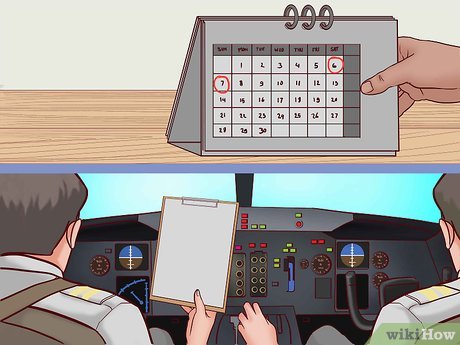


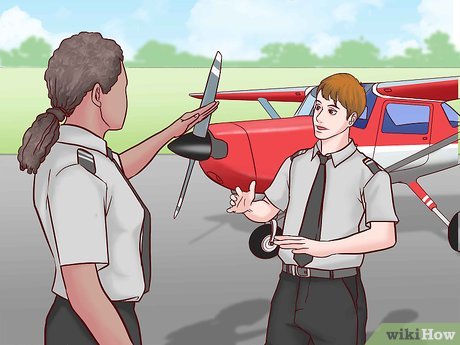
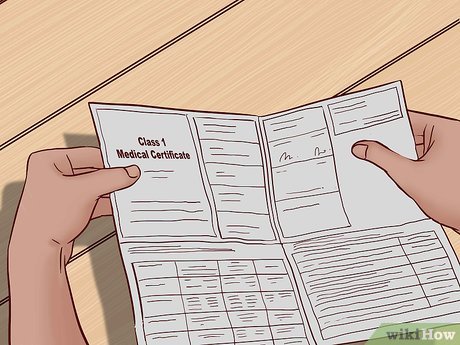
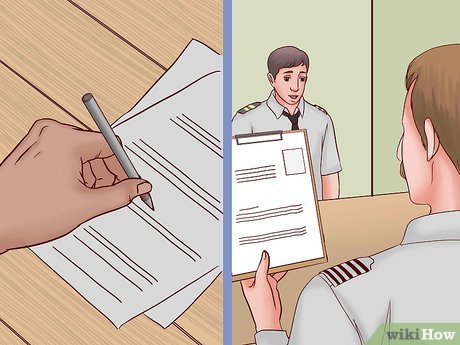
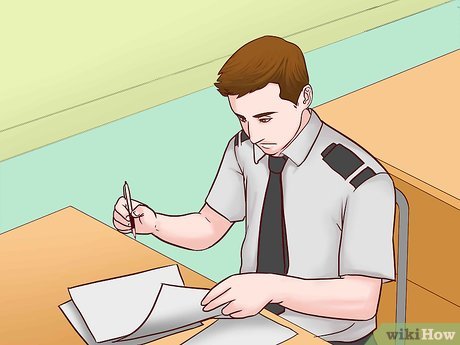

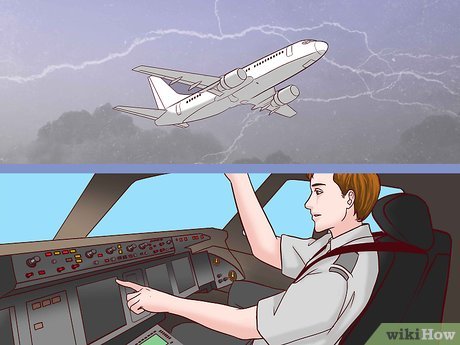
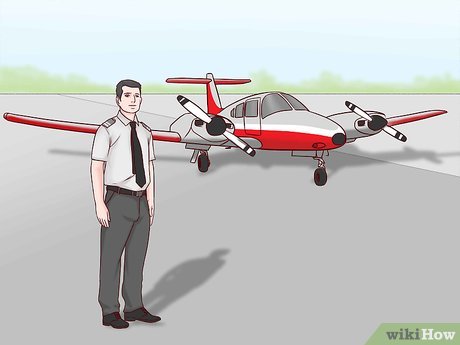
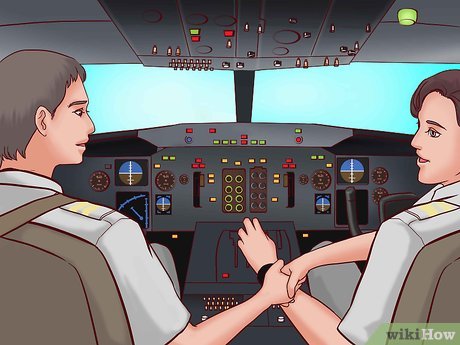
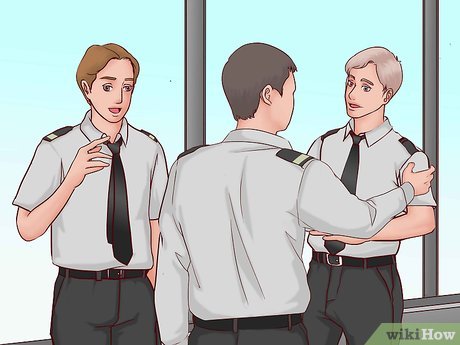

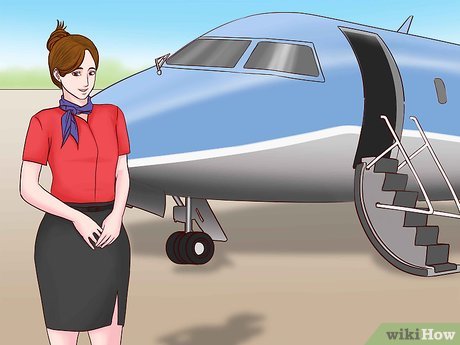






 How to Become a University Lecturer in the United Kingdom
How to Become a University Lecturer in the United Kingdom Instructions for entering the latest Cookie Run: Kingdom codes and codes
Instructions for entering the latest Cookie Run: Kingdom codes and codes Kingdom Guard tips and strategies for beginners
Kingdom Guard tips and strategies for beginners Refurbish your photos easily with the Pilot MakeUp
Refurbish your photos easily with the Pilot MakeUp How to Call the US from the UK
How to Call the US from the UK Tips to play the game Infinity Kingdom increase the most effective power
Tips to play the game Infinity Kingdom increase the most effective power